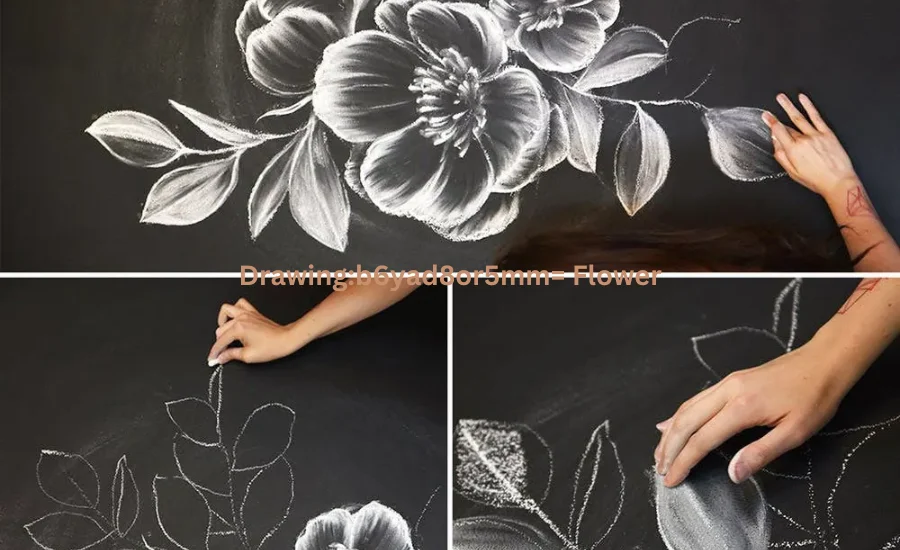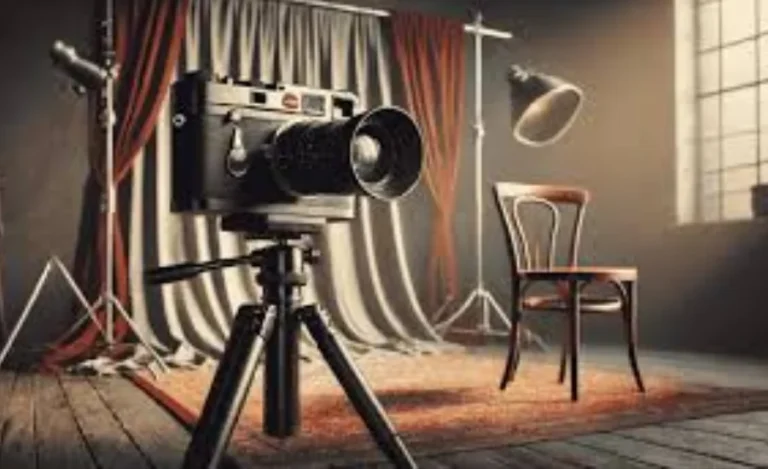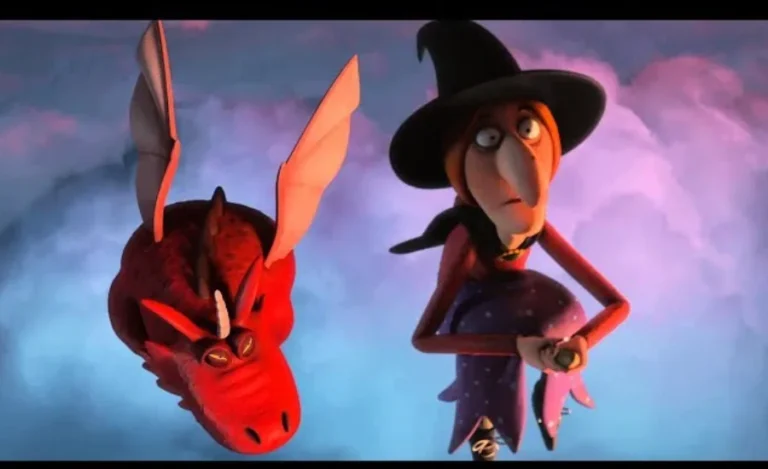Drawing:b6yad8or5mm= Flower: A Proper Guide On This And Some Tips
Drawing:b6yad8or5mm= Flower can be a deeply fulfilling and creative pursuit. Whether you’re an experienced artist or just starting out, capturing the elegance and complexity of floral forms on paper presents both a delightful challenge and a sense of accomplishment. In this guide, we will walk you through key drawing techniques, share valuable tips to elevate your skills, and provide fresh ideas to inspire your next floral masterpiece. Embrace the journey of enhancing your artistic abilities as you explore the beautiful world of flower drawing.
Understanding Flower Anatomy Before You Begin Drawing:b6yad8or5mm= Flower
Understanding the basic structure of these lovely plants is crucial before beginning the process of painting flowers. Determining the essential elements of flowers through observation will greatly improve the correctness of your artwork.
The most visually striking component of a flower are frequently its petals, which come in a vast variety of sizes, shapes, and colors. Smaller and usually green in color, sepals act as a barrier, preventing the flower bud from completely blossoming. Understanding the differences between these components will enable you to convey a flower’s actual essence.
The stem functions as the flower’s main support, typically cylindrical in shape, while leaves, attached to the stem, can vary greatly in form and size. By accurately portraying these elements, your flower drawings will achieve a more lifelike and realistic appearance.
The Relaxing Benefits of Drawing:b6yad8or5mm= Flower
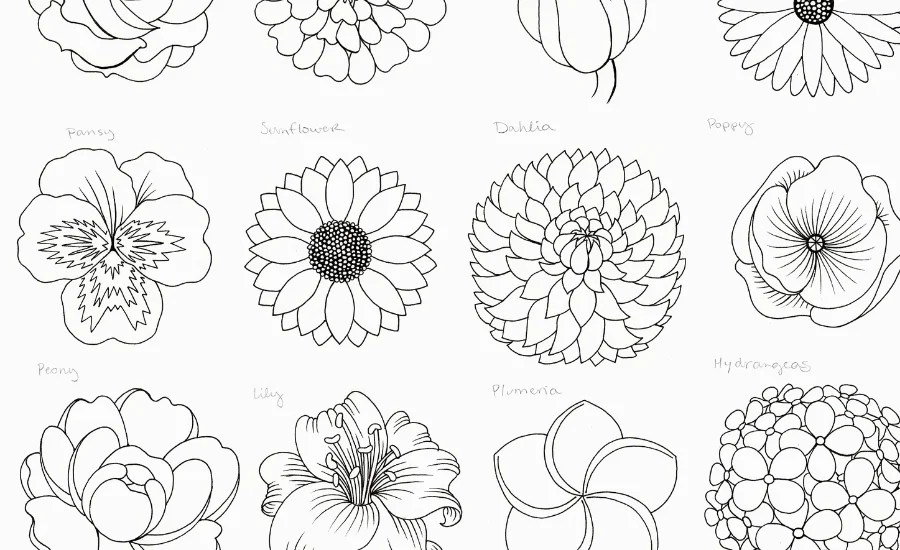
Drawing:b6yad8or5mm= Flower can be a deeply relaxing and therapeutic activity. By focusing on intricate details, it allows you to momentarily set aside daily stresses and immerse yourself in the creative process. With flowers found in nearly every environment, inspiration is always within reach—whether you’re drawing from real-life blooms, photographs, or even your imagination. The vibrant colors and delicate features of flowers not only provide a beautiful subject to draw but also help enhance your observation skills and hand-eye coordination, making the process both enjoyable and skill-building.
Avoiding Common Mistakes in Drawing:b6yad8or5mm= Flower
It’s crucial to begin with the fundamentals even if you’re itching to plunge right into painting intricate flowers. Gaining proficiency in basic forms and sketching simpler flowers will enable you to lay a strong basis for more intricate work.
Adding too many details can sometimes clutter your piece and distract from the overall beauty of the flower. It’s essential to capture the essence of the flower without overcomplicating it. Keep the focus on key details that define the flower’s natural structure.
Shading plays a crucial role in adding depth and realism to your drawing. Understanding how light interacts with your flower is essential. Practice different shading techniques to make your drawing appear more lifelike, emphasizing light sources and shadows.
Keeping the flower’s proportions accurate is vital for a balanced and realistic representation. Compare different parts of the flower as you draw to ensure consistency, and adjust as needed to maintain proper proportions throughout your artwork.
Choosing the Right Tools for Drawing:b6yad8or5mm= Flower
Having the appropriate tools can significantly enhance your ability to create detailed and beautiful flower drawings. Here’s an overview of essential items that will help you get started on the right foot.
Using a variety of pencils is key to achieving different effects. Hard pencils like 2H are ideal for outlining fine details, while softer pencils, such as 6B, allow for rich, smooth shading. This range gives you the flexibility to create depth and texture in your drawings.
Opt for smooth, high-quality paper that supports detailed work. Sketch paper with a subtle texture or even watercolor paper can add dimension to your drawings, depending on your preferred style and technique.
A kneaded eraser is perfect for refining subtle details or lightening areas to create highlights, while a precision-tip eraser can help you make small, precise corrections. Having both types will give you better control over the final touches of your artwork.
Enhancing Your Flower Drawing Through Resources
Art books and online tutorials can introduce you to new techniques and styles that may inspire and improve your own work. These resources are valuable for discovering fresh approaches and refining your artistic skills.
Visiting botanical gardens gives you the opportunity to observe a wide variety of flowers in their natural settings. Take the time to study them up close, capturing notes and photos that you can use as references when drawing. This firsthand experience helps add authenticity to your work.
Mastering the art of flower drawing requires consistent practice. Dedicate regular time to sketching and experimenting with various techniques. The more you practice, the more your skills will evolve, leading to noticeable improvements in your work over time.
After honing your skills and mastering the basics, consider showcasing your flower drawings. Build a portfolio of your best work and share it on social media platforms or at local art exhibitions. This can help you connect with a wider audience and gain recognition for your creativity.
Getting Started with Flower Drawing: Essential Supplies
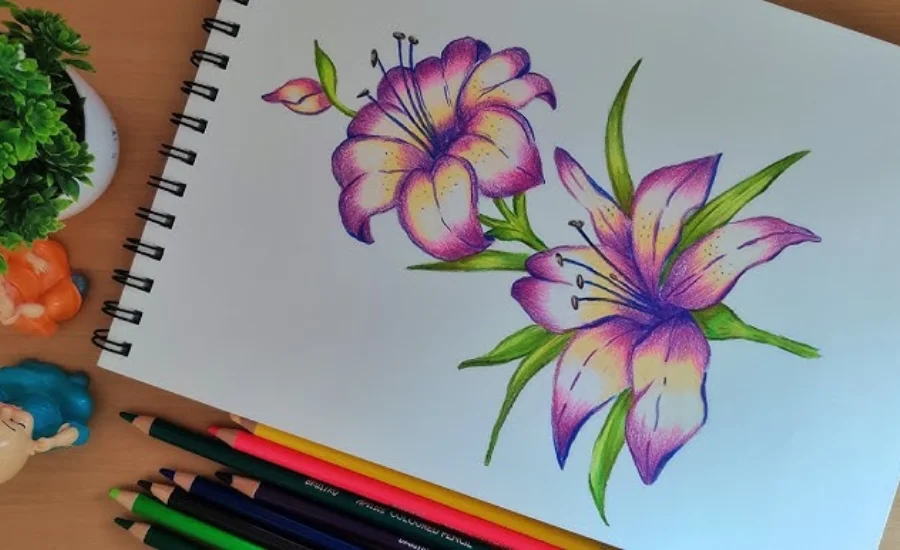
Before you begin your flower drawing, it’s important to gather a few basic supplies. While you don’t need much, having the right tools can make a big difference in your work:
- Pencils: A range of pencils from H (hard) to B (soft) offers versatility. A 2B pencil works well for general sketching and shading.
- Paper: Smooth paper is ideal for clean, fine lines, while textured paper can add a unique effect to your drawing.
- Eraser: A high-quality eraser allows for easy corrections and helps you create highlights.
- Sharpener: Keep your pencils sharp for better precision and more defined lines.
Step-by-Step Guide to Drawing:b6yad8or5mm= Flower
- Select a Flower: Start with a simple flower, such as a daisy or tulip, to get comfortable with the basic forms.
- Outline the Shape: Lightly sketch the overall shape of the flower. Use basic forms like circles for the center and ovals for the petals to establish the foundation.
- Add Detail: Gradually refine the outline, paying attention to the specific shape and symmetry of the petals. Focus on the natural flow of the flower’s form.
- Shade and Texture: Introduce shading to give your drawing depth and dimension. Observe where light hits and shadows fall to enhance realism.
- Finalize with Touches: Use your eraser to clean up any rough areas and darken the lines that need emphasis, giving your flower a finished, polished look.
Starting Your Flower Drawing with a Strong Foundation
Begin by sketching the fundamental shapes of the flower. Use simple circles to outline the center and create ovals or teardrop shapes to represent the petals. This basic framework will serve as a guide, making it easier to add intricate details later.
Once the foundation is in place, gradually incorporate more details, such as the texture and curvature of the petals, as well as the veins in the leaves. Progress slowly, focusing on capturing the flower’s natural complexity to bring realism into your work.
Shading plays a crucial role in making your flower drawings look three-dimensional. Begin by applying light strokes, then gradually deepen the shading to emphasize the darker areas. This method will add richness and realism to your artwork, helping the flower to truly stand out on the page.
Mastering Blending Techniques for Realistic Drawing:b6yad8or5mm= Flower
Blending is essential for creating smooth transitions between light and dark areas in your drawing. Use a blending stump or a piece of tissue to gently soften the pencil strokes, ensuring a seamless flow between tones. This technique helps create a more polished and natural look.
Layering involves gradually building up tones, starting with lighter shades and progressing to darker ones. This method allows for a more realistic depiction of flowers by adding depth and dimension. Taking your time with layering ensures that the drawing remains balanced and lifelike.
To capture the unique texture of different flower parts, experiment with varied pencil strokes. For example, short, sharp strokes may work well for depicting the texture of a rose petal, while longer, flowing strokes can convey the smooth surface of tulips. Mastering texture will bring your drawings to life.
Avoiding Common Mistakes in Drawing:b6yad8or5mm= Flower
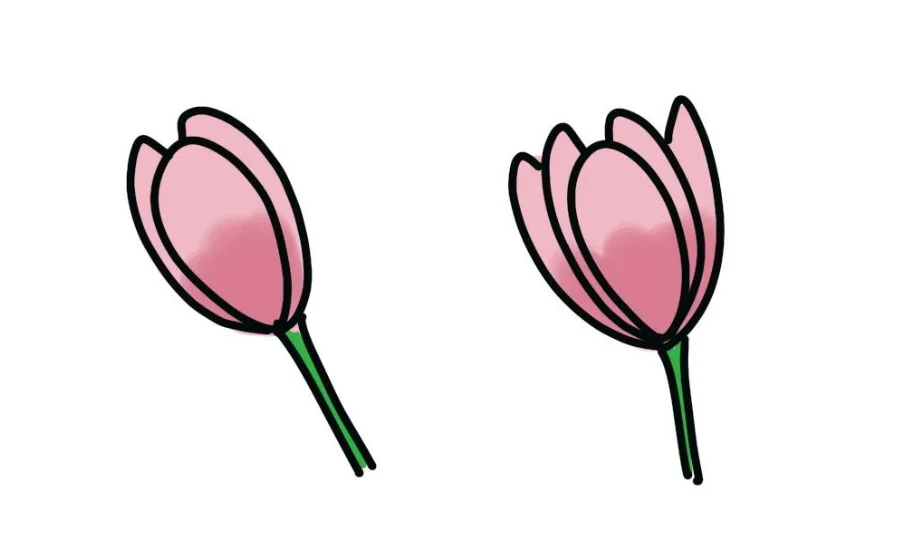
- Proportional Errors: Maintaining accurate proportions is vital. Use light guidelines to ensure symmetry and correct sizing of the flower’s various parts.
- Over-Detailing: While details enhance your drawing, too much can make it appear cluttered. Focus on key elements that highlight the flower’s natural beauty.
- Neglecting the Light Source: Proper shading depends on a consistent light source. Always determine where the light is coming from and apply shadows accordingly to create a realistic effect.
Finding Creative Inspiration for Your Flower Art
Drawing:b6yad8or5mm= Flower is a deeply personal and creative experience. To spark inspiration, consider taking nature walks and observing flowers in their natural settings. Pay close attention to their colors, shapes, and textures, using these details to fuel your creativity and bring authenticity to your artwork.
You may also like: pink:gdxr6qp7qy0= wallpaper
Final Words
Painting flowers is a fulfilling and enlightening creative pursuit. It is possible to produce beautiful and realistic floral art by beginning with the fundamentals and progressively honing your abilities. Never forget to concentrate on keeping proportions, understanding basic shapes, and being aware of light and shadow. Refrain from adding too many details to your drawings and always remember the essence of the flower. Your ability to depict the beauty of flowers will improve with time and practice, enabling you to produce technically sound and expressive artwork. Savor the procedure and allow your imagination to bloom with every brushstroke.
For more information and updates join us on Brain Rusher.
